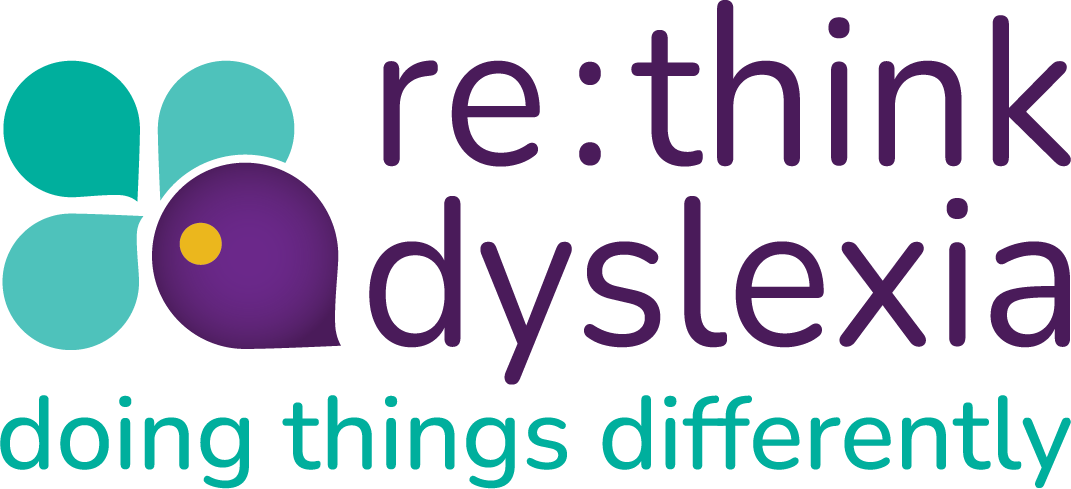5 Tips That Empower You to Better Support Your Dyslexic Employees
A new cultural movement is emerging. Since covid there has never been a time in history where employees have had the power to influence workplace culture and change. It is also evident that societal changes and challenges to workplace norms have led to a greater focus on inclusion and diversity within the workplace. In today’s workplace, diversity and inclusion are gaining more attention. Particularly where people are more likely to be discriminated against because of their gender, age, disability, sexual orientation, or culture [1-5]. In the workplace, the term ‘disability’ has also been expanded to encompass visible and invisible disabilities (e.g. chronic fatigue, ADHD) [6, 7], and inclusive terms like ‘neurodiversity’ have been introduced [6]. Global workplace trends mean it’s now expected that workplaces hire and support diverse workers [7].
Dyslexia is a specific learning disability that affects 1 in 10 employees [8, 9]. Dyslexics make up 50% of the neurodivergent population and are one of the biggest disability groups in the workplace. Dyslexia affects a person’s ability to read and write and for some can affect maths as well [10]. It is a lifelong disability, which is unrelated to a person’s intelligence [11].
In the workplace those with dyslexia may struggle to get their thoughts on paper, including trouble writing emails, reports, briefs, poor spelling, grammar, and sentence structure. It can take longer to read and understand what they are reading. Employees with dyslexia may need extra time to complete tasks especially those involving reading, writing and editing. Many dyslexics don’t feel it’s safe to disclose their dyslexia to their direct line manager. Instead, they hide it and implement their own compensatory strategies instead of accessing the reasonable workplace adjustments they need. Some of their own strategies may include using google to spell and find words, use of phones, sending work outside the office to be proof read, starting work early or staying back late to complete tasks and creating a heavy reliance on work colleagues for support [5, 12]. Undertaking all these extra activities on top of the day-to-day workload leaves many dyslexics feeling mentally fatigued and exhausted.
To a manager, leader, or business it may appear that the dyslexic employee is disorganised, lacks attention to detail, takes longer than their peers to complete tasks and, because of the mistakes in their work, it seems they rush their work.
An employer or manager may feel frustrated and irritated by these mistakes especially if the dyslexic employee is strong with their verbal communication skills and other areas of their job. We know that managers of dyslexic employees don’t get enough awareness training and support [5, 12]. Furthermore, dyslexia is still seen as an invisible disability in the workplace, so dyslexic employees have to tell their managers/employers about it and advocate for themselves. Sometimes employees are only disclosing when they are not meeting their job requirements and are facing performance management, which is something no one wants! To ensure this does not happen we want people to disclose in earlier stages of their employment. So how do we support employees to disclose, and reduce the risk of performance issues arising?
- Undertake whole of organisation awareness training
- Provide dyslexia specific workplace training for managers, leaders, and HR
- Creating safe environments for employees to feel it’s okay to disclose their disability
- Create easy access to workplace adjustments that support spelling, grammar, writing and reading
- Work within a strength-based framework rather than focusing on deficits.
To ensure your workplaces keep up with the constant changing employment environment it is imperative that you embrace and support all staff so they can feel like they are making a positive and important contribution within your workplace. When your employees feel accepted, valued and appreciated, they are more likely to contribute positively at work with a greater return on investment. We spend a lot of our lives at work and every workplace has the responsibility to ensure all employees feel included and valued, working towards your organisation’s goals and objectives.
If you want to know if your place is dyslexic friendly download our neurodivergent workplace checklist.
Sign up to read our full research articles on how to better support dyslexic employees.
- Carter, E., Workforce Diversity—A Journey Through Inclusion and Diversity in the Workplace. Journal – American Water Works Association, 2017. 109(1): p. 14-16.
- Garg, S. and S. Sangwan, Literature Review on Diversity and Inclusion at Workplace, 2010–2017. Vision, 2021. 25(1): p. 12-22.
- Grissom, A.R., Workplace Diversity and Inclusion.(THE ALERT COLLECTOR). Reference & User Services Quarterly, 2018. 57(4): p. 242-247.
- Kun, A. and P. Gadanecz, Workplace happiness, well-being and their relationship with psychological capital: A study of Hungarian Teachers. Current psychology (New Brunswick, N.J.), 2019.
- Wissell, S., et al., Leading Diverse Workforces: Perspectives from Managers and Employers about Dyslexic Employees in Australian Workplaces. International journal of environmental research and public health, 2022. 19(19): p. 11991.
- Doyle, N. and A. McDowell, Neurodiversity at work: a biopsychosocial model and the impact on working adults. Vol. 135. 2020 British Medical Bulletin 17.
- Ryan, A.M. and J.L. Wessel, Implications of a changing workforce and workplace for justice perceptions and expectations. Human resource management review, 2015. 25(2): p. 162-175.
- Moll, K., et al., Specific learning disorder: prevalence and gender differences. PLoS One, 2014. 9(7): p. e103537-e103537.
- Kristina, M., et al., Specific learning disorder: prevalence and gender differences. PLoS ONE, 2014. 9(7): p. e103537.
- Lyon, G., S. Shaywitz, and B. Shaywitz, A definition of dyslexia. An Interdisciplinary Journal of The International Dyslexia Association, 2003. 53(1): p. 1-14.
- Cornoldi, C., et al., Difficulties of Young Adults With Dyslexia in Reading and Writing Numbers. Journal of learning disabilities, 2021: p. 222194211037061-222194211037061.
- Wissell, S., et al., “You Don’t Look Dyslexic”: Using the Job Demands-Resource Model of Burnout to Explore Employment Experiences of Australian Adults with Dyslexia. International Journal of Environmental Research and Public Health, 2022. 19(17): p. 10719.
